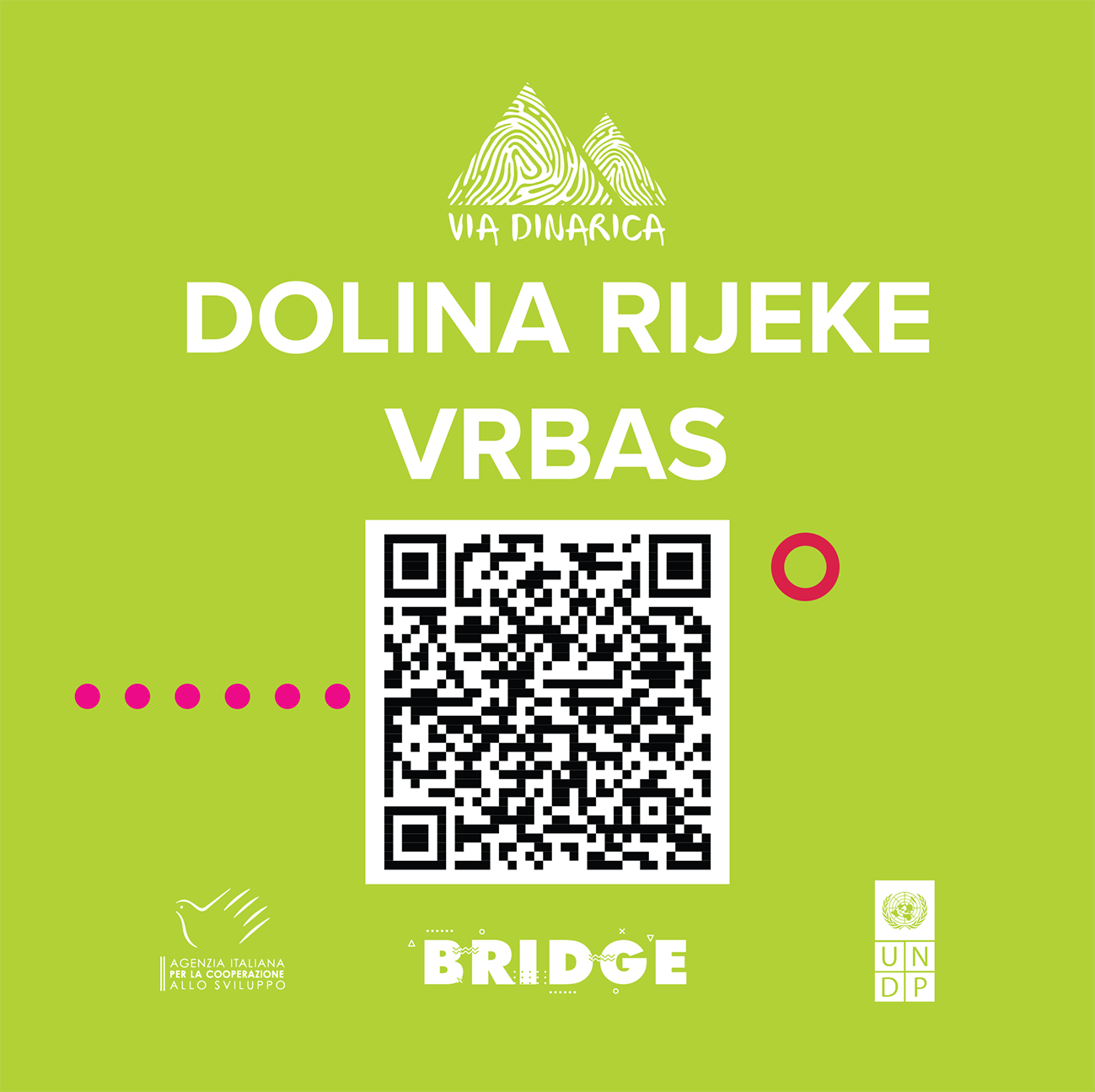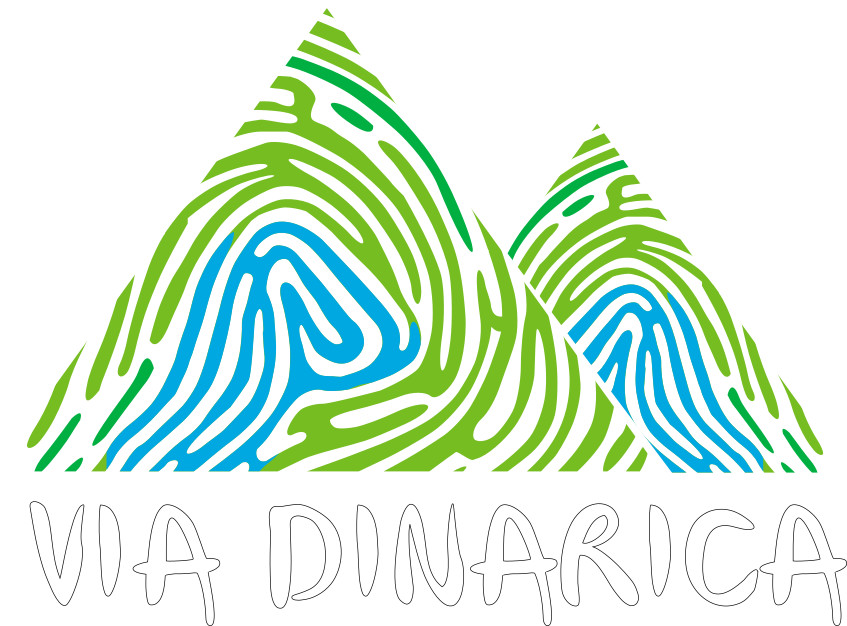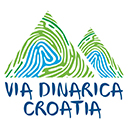THE BEAUTY OF THE VRBAS VALLEY
The beautiful city on the Vrbas River, Banja Luka, is the second-largest city in Bosnia and Herzegovina. In its very center, on the banks of the river, stands Kastel, a grand stone fortress, inscribed on the national monuments list of our country since 2004. Concerts are held at the fortress throughout the year.
Due to its location, Banja Luka has historically been a target for various conquerors. Accurate records regarding the establishment of the Kastel Fortress haven’t been found, but it’s believed to have been built by the Romans when they discovered the healing properties of thermal waters in this city. During the Ottoman rule, Kastel was fortified with walls.
The Trappist Monastery Maria Stella, built during the Austro-Hungarian period near Banja Luka, is where the city’s monks continue the tradition of crafting the famous Trappist cheese, safeguarding the process with utmost secrecy.
Nearby is the grave of Safikada, a place that testifies to the love of Safikada, a woman from Banja Luka, for an Austro-Hungarian soldier. A monument has been erected at the place where she threw herself in front of a cannon upon learning of her beloved’s death, and beside it, couples in love light candles for their love.

Saša Knežić
A visit to Banja Luka wouldn’t be complete without a tour of its places of worship. The elegance and dignity of Ferhat Pasha’s Mosque, commonly known as Ferhadija, the grandeur of the Cathedral of Christ the Saviour, the sophistication of the Ilon Vajs Synagogue, and the Cathedral of St. Bonaventure, one of the five in Bosnia and Herzegovina, will make you feel fulfilled.
In the heart of Banja Luka stands the city’s (crooked) clock, frozen at 9:11 on October 27, 1969, when the city was struck by a devastating earthquake.
The Vrbas Valley
Banja Luka is known as the city of greenery, but also as a city of youth, sports, and culture. The Vrbas River is a meeting place for various water activities. It’s another river where you can experience the adrenaline of rafting, yet it has its own unique charm, especially during night rafting under the stars and moon. Adrenaline, a campfire, romance — what more could one desire?
The Vrbas River has made an effort to provide another unique attraction, inspiring the people of Banja Luka with its shallow waters and rocky bottom to find an alternative to conventional (motor)boats. Thus, the dajak was invented, that is, a boat propelled with a dajak — a long wooden pole with an iron-reinforced end. If Venice has gondolas, Banja Luka has dajaks. Those interested can learn the art of maneuvering a dajak under the guidance of the best instructors.

Saša Knežić
Banja Luka is also known for Zmijanje embroidery, that is, clothing embroidered with this specific technique. Zmijanje embroidery, originating from the nearby Zmijanje region, is the oldest hand embroidery in the Balkans, listed on UNESCO’s Representative List of the Intangible Cultural
Što su Veneciji gondole, to je Banjoj Luci dajak. Ko želi, pod nadzorom najboljih instruktora može ovladati vještinom upravljanja dajakom.
Krupa na Vrbasu village

THE MOST BEAUTIFUL VILLAGE IN THE WORLD
Banja Luka is also known for Zmijanje embroidery, that is, clothing embroidered with this specific technique. Zmijanje embroidery, originating from the nearby Zmijanje region, is the oldest hand embroidery in the Balkans, listed on UNESCO’s Representative List of the Intangible Cultural
Learning, talking, walking — these are the words that sum up your experience when exploring this region. There’s much to learn, discuss, and explore...
The cascades of the Krupa River propelling millstones to grind wheat, small natural dams attesting to the diligent work of beavers, passage through hollow rocks, numerous bridges — these scenes are postcard-worthy and the reason why Krupa found its place on that list. You can buy freshly ground buckwheat, rye, wheat, and corn flour from the millers, and indulge in buckwheat fritters with clotted cream and fresh trout at a local restaurant.
The cultural and historical heritage hasn’t bypassed this region, and it boasts several national monuments of our country. There’s the Krupa Monastery with the Church of St. Elijah and its accompanying church built of broken stone on a stećci necropolis. Above it, on the rock, is the medieval town of Greben. Tourists also visit the cave known as Strikina (Uncle’s) Cave and the unusual 18th-century wooden church dedicated to St. Nicholas, which is also on the list.

Saša Knežić
Two kilometers from the village is a natural bridge, a geomorphological phenomenon known as the Kameni or Djevojački most (Stone or Maiden Bridge). It attracts tourists intrigued by legends and climbers from around the world, featuring several climbing routes of varying length and difficulty.
The bridge is the starting point for an attractive hiking/walking trail — Kočićevim stazama (Kočić’s Paths) to the Gomionica Monastery.

Vanja Stokić
Find this QR code on the location:
































